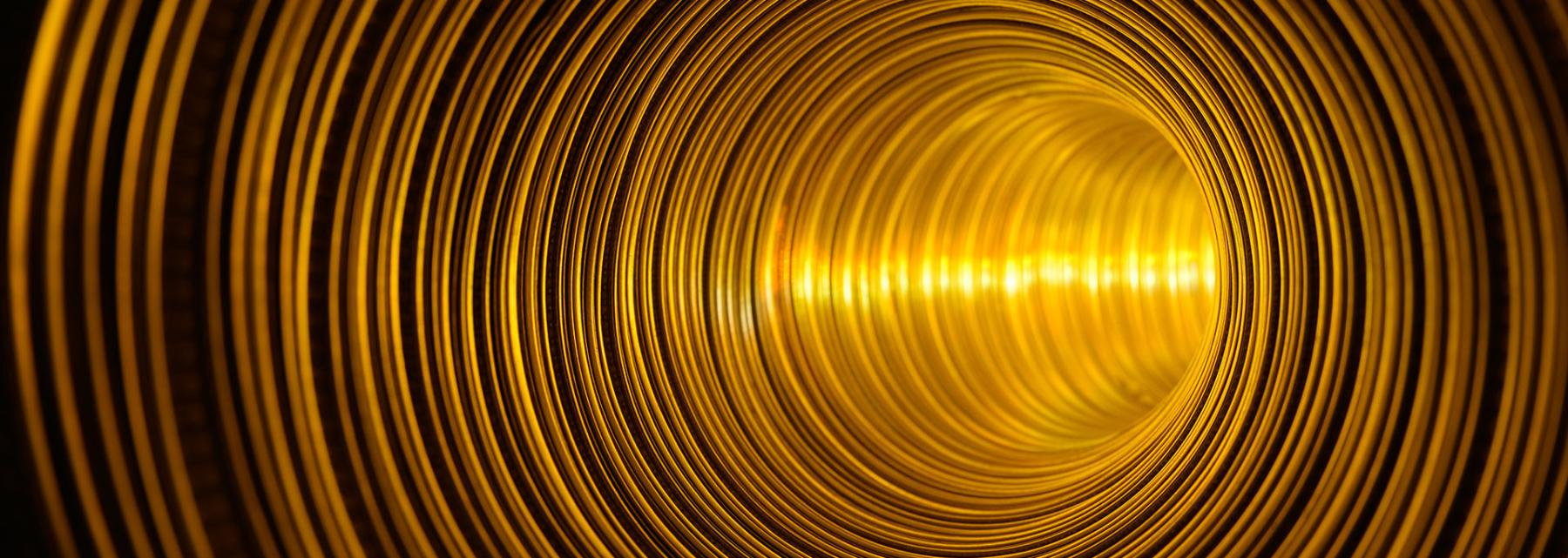
Light Interactions
by Hannah McKolay
This lesson is an introduction to a unit on the light and transverse waves. It can be utilized during a unit or at the beginning as an exploration. Students measure the speed of light in a medium (gelatin) by using an inexpensive laser such as a laser pointer or a laser level.
Lesson Plan Link/URL
https://docs.google.com/presentation/d/1hw1jpnL501134S65aSx_y4NifQ3NDBrF/edit?u…Subject Area
Science Physical Science P4: Energy Transfer Technology 1. Empowered Learner 3. Knowledge Constructor 4. Innovative Designer Engineering S3: Apply Mathematics to Engineering S4: Apply Science to Engineering Mathematics Measurement and Data (MD) Expressions and Equations (EE)
Featured
Off
Related Content

Grades:
7th Grade, 8th Grade, 9th Grade, 10th Grade, 11th Grade, 12th Grade
This is an introduction to exoplanets and their discovery. In the hands-on activity, students make a lightcurve for an exoplanet transit using data from the DIY MicroObservatory Telescope Network.

Grades:
7th Grade, 8th Grade, 9th Grade, 10th Grade, 11th Grade, 12th Grade
Teachers will be introduced to the VEX V5 Robotic Platform. We will start with an Introduction to robotics and how robotics is used in industry. Students will understand the key resources they will be

Grades:
8th Grade, 9th Grade, 10th Grade, 11th Grade, 12th Grade
Students learn about the chemistry that exists in some of the world's oldest surviving paintings. This lesson is the final part of a 3 part painting series, and focuses on binding agents in paint